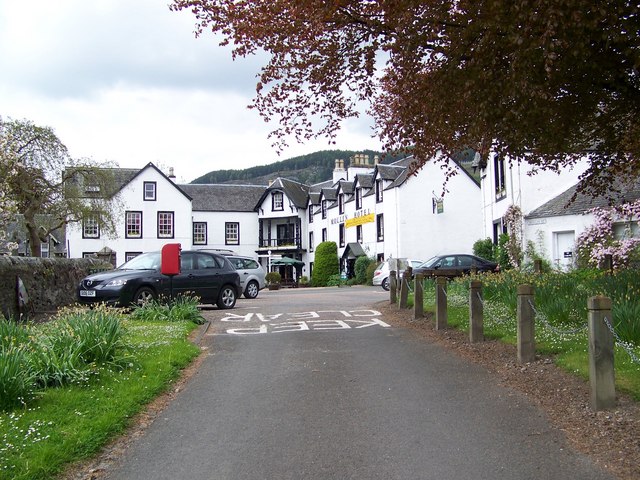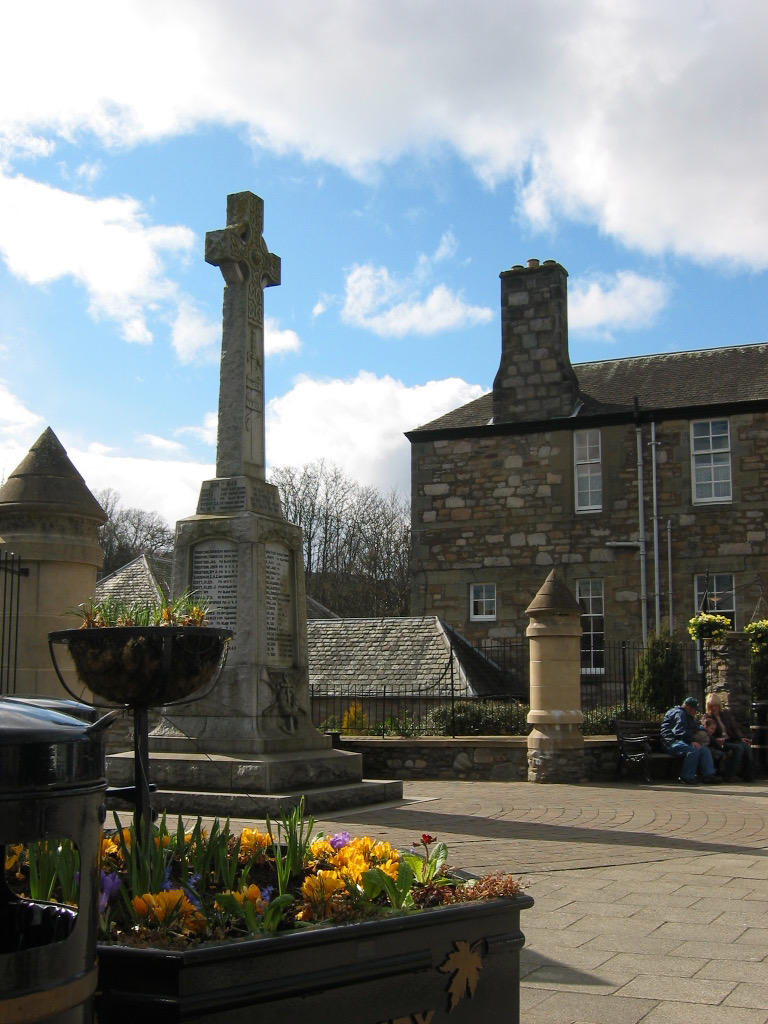|
Black Castle Of Moulin
The Black Castle of Moulin ( gd, Caisteal Dubh Mhaothlinne, also known as ''An Sean Chaisteal''), is a ruined castle located in Moulin near Pitlochry, Scotland. It is a scheduled monument In the United Kingdom, a scheduled monument is a nationally important archaeological site or historic building, given protection against unauthorised change. The various pieces of legislation that legally protect heritage assets from damage and d .... The castle was built about 1326 by Sir John Campbell of Lochawe on an island, or crannog, in a loch, now drained. The castle was torched in 1512, due to a fear of plague, and fell into ruins. References Castles in Perth and Kinross Ruined castles in Scotland Scheduled Ancient Monuments in Perth and Kinross Buildings and structures in Pitlochry {{Scotland-struct-stub ... [...More Info...] [...Related Items...] OR: [Wikipedia] [Google] [Baidu] |
Curtains Of Stone - Geograph
A curtain is a piece of cloth or other material intended to block or obscure light, air drafts, or (in the case of a shower curtain), water. A curtain is also the movable screen or drape in a theatre that separates the stage from the auditorium or that serves as a backdrop/background. Curtains are often hung on the inside of a building's windows to block the passage of light. For instance, at night to aid sleeping, or to stop light from escaping outside the building (stopping people outside from being able to see inside, often for privacy reasons). In this application, they are also known as "draperies". Curtains hung over a doorway are known as portières. Curtains come in a variety of shapes, materials, sizes, colours, and patterns. They often have their own sections within department stores, while some shops are completely dedicated to selling curtains. Curtains vary according to cleanability, ultraviolet light deterioration, oil and dust retention, noise absorption, ... [...More Info...] [...Related Items...] OR: [Wikipedia] [Google] [Baidu] |
Moulin, Scotland
Moulin is a village in Perthshire in central Scotland. It lies in the Tummel valley, north of Pitlochry, and north of Perth. The Black Castle of Moulin is the ruined remains of a 14th-century castle, built on a former island. The castle was burned down in 1512. Moulin Kirk was the parish church of the area from the Middle Ages. The church was granted to the monks of Dunfermline Abbey by William the Lion, King of the Scots from 1165 to 1214. In 1873 the church was gutted by fire and the present building was constructed. In 1989 the church was closed, and the parish church is now Pitlochry Church of Scotland. Rev Adam Fergusson was minister of the parish from 1736 to 1785, serving as Moderator of the General Assembly of the Church of Scotland in 1772. Robert Louis Stevenson Robert Louis Stevenson (born Robert Lewis Balfour Stevenson; 13 November 1850 – 3 December 1894) was a Scottish novelist, essayist, poet and travel writer. He is best known for works such as ''Tr ... [...More Info...] [...Related Items...] OR: [Wikipedia] [Google] [Baidu] |
Pitlochry
Pitlochry (; gd, Baile Chloichridh or ) is a town in the Perth and Kinross council area of Scotland, lying on the River Tummel. It is historically in the county of Perthshire, and has a population of 2,776, according to the 2011 census.Scotland's 2011 census. (n.p.). Scotland's Census. Retrieved 24 November 2015, from http://www.scotlandscensus.gov.uk/ It is largely a Victorian town, which developed into a tourist resort after Queen Victoria and Prince Albert visited the area in 1842 and bought a highland estate at Balmoral, and the arrival of the railway in 1863. It remains a popular tourist resort today and is particularly known for its Pitlochry Festival Theatre, salmon ladder and as a centre for hillwalking, surrounded by mountains such as Ben Vrackie and Schiehallion. It is popular as a base for coach holidays. The town has retained many stone Victorian buildings, and the high street has an unusual period cast iron canopy over one side. History Pitlochry today dat ... [...More Info...] [...Related Items...] OR: [Wikipedia] [Google] [Baidu] |
Scheduled Monument
In the United Kingdom, a scheduled monument is a nationally important archaeological site or historic building, given protection against unauthorised change. The various pieces of legislation that legally protect heritage assets from damage and destruction are grouped under the term "designation." The protection provided to scheduled monuments is given under the Ancient Monuments and Archaeological Areas Act 1979, which is a different law from that used for listed buildings (which fall within the town and country planning system). A heritage asset is a part of the historic environment that is valued because of its historic, archaeological, architectural or artistic interest. Only some of these are judged to be important enough to have extra legal protection through designation. There are about 20,000 scheduled monuments in England representing about 37,000 heritage assets. Of the tens of thousands of scheduled monuments in the UK, most are inconspicuous archaeological sites, but ... [...More Info...] [...Related Items...] OR: [Wikipedia] [Google] [Baidu] |
Castles In Perth And Kinross
A castle is a type of fortified structure built during the Middle Ages predominantly by the nobility or royalty and by military orders. Scholars debate the scope of the word ''castle'', but usually consider it to be the private fortified residence of a lord or noble. This is distinct from a palace, which is not fortified; from a fortress, which was not always a residence for royalty or nobility; from a ''pleasance'' which was a walled-in residence for nobility, but not adequately fortified; and from a fortified settlement, which was a public defence – though there are many similarities among these types of construction. Use of the term has varied over time and has also been applied to structures such as hill forts and 19th-20th century homes built to resemble castles. Over the approximately 900 years when genuine castles were built, they took on a great many forms with many different features, although some, such as curtain walls, arrowslits, and portcullises, were ... [...More Info...] [...Related Items...] OR: [Wikipedia] [Google] [Baidu] |
Ruined Castles In Scotland
Ruins () are the remains of a civilization's architecture. The term refers to formerly intact structures that have fallen into a state of partial or total disrepair over time due to a variety of factors, such as lack of maintenance, deliberate destruction by humans, or uncontrollable destruction by natural phenomena. The most common root causes that yield ruins in their wake are natural disasters, armed conflict, and population decline, with many structures becoming progressively derelict over time due to long-term weathering and scavenging. There are famous ruins all over the world, with notable sites originating from ancient China, the Indus Valley and other regions of ancient India, ancient Iran, ancient Israel and Judea, ancient Iraq, ancient Greece, ancient Egypt, Roman sites throughout the Mediterranean Basin, and Incan and Mayan sites in the Americas. Ruins are of great importance to historians, archaeologists and anthropologists, whether they were once individual fort ... [...More Info...] [...Related Items...] OR: [Wikipedia] [Google] [Baidu] |
Scheduled Ancient Monuments In Perth And Kinross
A schedule or a timetable, as a basic time-management tool, consists of a list of times at which possible task (project management), tasks, events, or actions are intended to take place, or of a sequence of events in the chronological order in which such things are intended to take place. The process of creating a schedule — deciding how to order these tasks and how to commit resources between the variety of possible tasks — is called scheduling,Ofer Zwikael, John Smyrk, ''Project Management for the Creation of Organisational Value'' (2011), p. 196: "The process is called scheduling, the output from which is a timetable of some form". and a person responsible for making a particular schedule may be called a scheduler. Making and following schedules is an ancient human activity. Some scenarios associate this kind of planning with learning life skills. Schedules are necessary, or at least useful, in situations where individuals need to know what time they must be at a spec ... [...More Info...] [...Related Items...] OR: [Wikipedia] [Google] [Baidu] |






